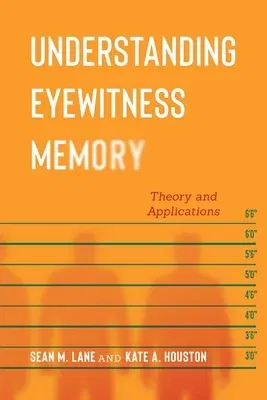Sean M Lane
(Author)Understanding Eyewitness Memory: Theory and ApplicationsPaperback, 25 May 2021

Qty
1
Turbo
Ships in 2 - 3 days
Only 2 left
Free Delivery
Cash on Delivery
15 Days
Free Returns
Secure Checkout

Part of Series
Psychology and Crime
Print Length
224 pages
Language
English
Publisher
New York University Press
Date Published
25 May 2021
ISBN-10
1479877115
ISBN-13
9781479877119
Description
Product Details
Authors:
Book Format:
Paperback
Country of Origin:
US
Date Published:
25 May 2021
Dimensions:
22.61 x
14.99 x
2.03 cm
ISBN-10:
1479877115
ISBN-13:
9781479877119
Language:
English
Pages:
224
Publisher:
Series:
Weight:
340.19 gm